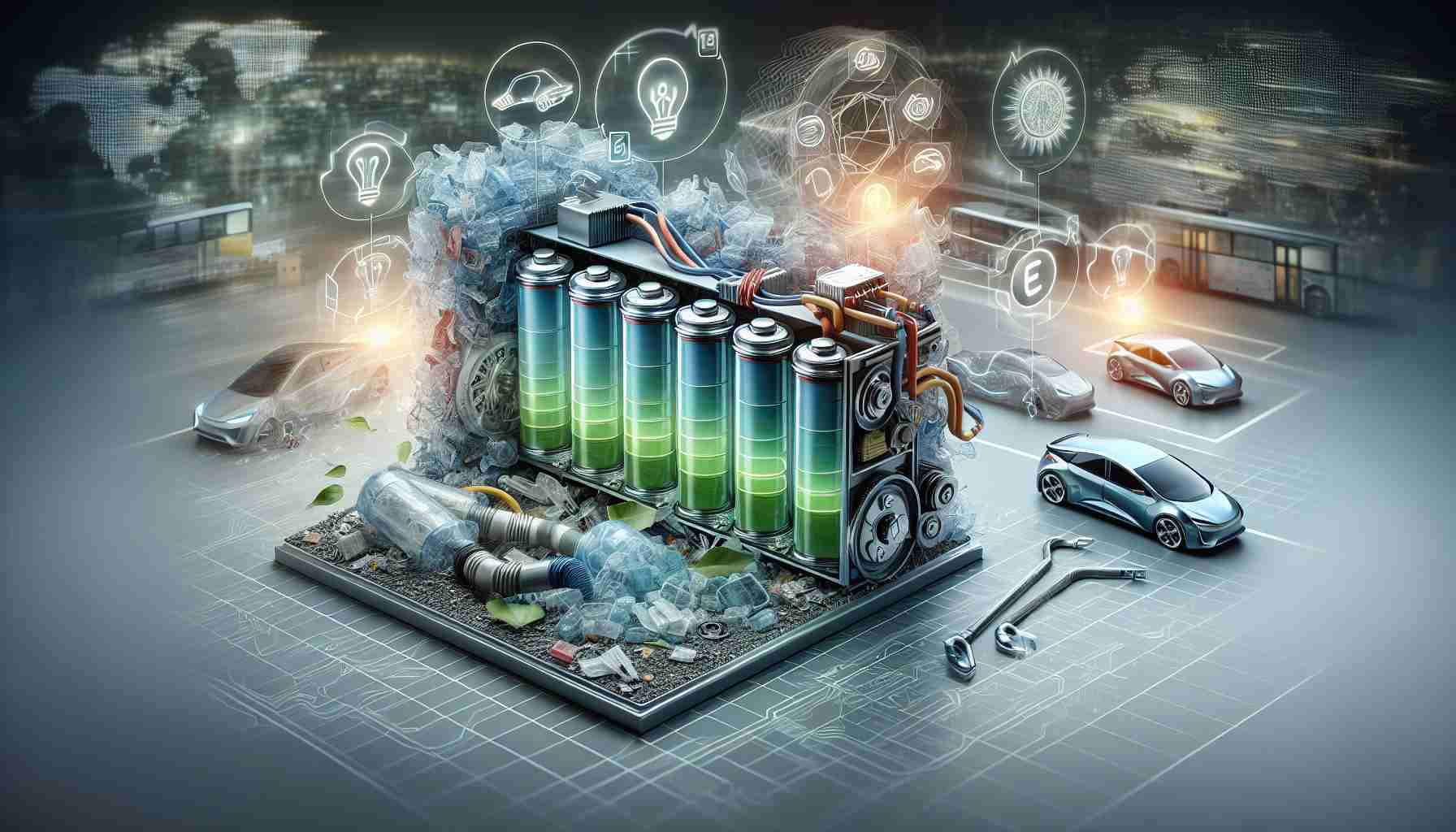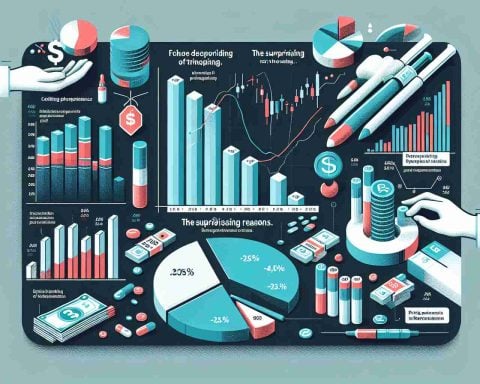“`html
- Swiss researchers at the Paul Scherrer Institute are advancing lithium-ion battery technology with a unique cathode coating.
- The innovation could increase battery voltage to 4.8 volts while maintaining capacity, enhancing energy density.
- This breakthrough utilizes trifluoromethane, a byproduct of plastic production, to create a protective coating.
- The reaction process produces a stable lithium fluoride layer, reducing ion resistance and boosting performance.
- This approach repurposes harmful plastic byproducts and achieves over 94% capacity retention after 100 cycles.
- The method offers dual benefits by improving battery performance and minimizing greenhouse gas emissions.
- If successfully scaled, this technology could transform energy systems and contribute to environmental sustainability.
“`
Innovative battery research in Switzerland might just revolutionize electric vehicles, boosting their performance and tackling environmental pollutants in one stroke. At the heart of this breakthrough is a team at the Paul Scherrer Institute (PSI), who are pushing lithium-ion battery technology forward with a unique cathode coating. This development aims to elevate battery voltage from 4.3 to 4.8 volts while retaining capacity, effectively enhancing energy density and allowing more electricity storage per pound.
The ingenuity comes partly from an unlikely source: plastic waste. The PSI team has cleverly utilized a byproduct of plastic production, trifluoromethane, transforming this potent greenhouse gas into a component that can coat cathode metals. This process, involving a reaction at a sizzling 572 degrees Fahrenheit, results in the creation of a stable lithium fluoride layer. This protective coating not only ensures stability at higher voltages but also significantly reduces ion resistance, boosting performance.
With the world producing over 496 million tons of plastic annually, this method offers a way to repurpose harmful byproducts, making these findings a double win for sustainability. The treated battery cells showed remarkable results—a more than 94% retention of capacity after 100 cycles, surpassing conventional performance metrics.
By employing trifluoromethane in their process, PSI is not only improving battery technology but also reducing a gas that is vastly more detrimental to climate change than CO2. If scaled, this technology could rejuvenate our energy systems and help clear the air. Discover how individual choices, like reducing single-use plastics, can also contribute to these advances, aiding both our planet and our energy future. Join the movement towards a cleaner, sustainable future with focused innovations leading the charge.
How Swiss Innovation in Battery Technology Could Change the EV Industry Forever
How Does the New Battery Technology Work?
The new battery technology developed by the Paul Scherrer Institute (PSI) uses a unique cathode coating, which is applied using a byproduct of plastic production—trifluoromethane. This approach not only enhances the energy capacity of lithium-ion batteries but also aims to increase the battery voltage from 4.3 to 4.8 volts while retaining capacity. This technological advancement promises to enhance energy density, allowing more electricity storage per pound.
What Are the Pros and Cons of This Innovation?
Pros:
– Improved Performance: The coated batteries exhibit outstanding performance with more than 94% retention after 100 cycles.
– Environmental Impact: Utilizing trifluoromethane, a potent greenhouse gas, for battery production means a lower environmental footprint compared to other processes.
– Sustainability: This method repurposes plastic waste, offering a sustainable solution by utilizing byproducts that would otherwise contribute to pollution.
Cons:
– Scalability Challenges: The process involves high temperatures (572°F), which might present challenges in scaling up the production for commercial use.
– Cost: Initial development and adaptation could be costly compared to traditional battery manufacturing methods.
Market Forecasts and Trends
As the push for sustainability and reduced reliance on fossil fuels grows, the demand for efficient and eco-friendly battery technologies is expected to rise exponentially. If successfully scaled, PSI’s innovation could position itself prominently within this evolving market, potentially influencing global trends in both electric vehicles (EVs) and battery storage solutions.
Insights and Predictions
– Industry Impact: If the technique is commercialized, it could revolutionize not only the EV market but also other industries relying on lithium-ion batteries.
– Environmental Influence: By using trifluoromethane, an otherwise damaging greenhouse gas, the battery innovation aligns with global efforts towards reducing harmful emissions.
How Can Individuals Contribute?
Reducing single-use plastics can support innovations like PSI’s, which utilize plastic byproducts. Community efforts can also promote broader acceptance and integration of such sustainable technologies.
Related Resources:
For more information and to follow developments in innovative battery research, explore these links:
– Paul Scherrer Institute
– Department of Energy
By embracing groundbreaking scientific advancements and making mindful choices, individuals and industries can drive sustainable progress and address the world’s pressing environmental challenges.














